Most divers and snorkelers dream of exploring the Great Blue Hole Belize, a UNESCO World Heritage site that offers unparalleled underwater experiences. This breathtaking marine wonder is not only famous for its stunning blue waters but also for its unique geological formations and diverse marine life. Dive into the depths of this iconic Belize diving destination, where you might encounter dangerous sharks and explore vibrant coral reefs. In this ultimate guide, you’ll discover everything you need to make the most of your blue hole diving adventure, ensuring safe and memorable dives.
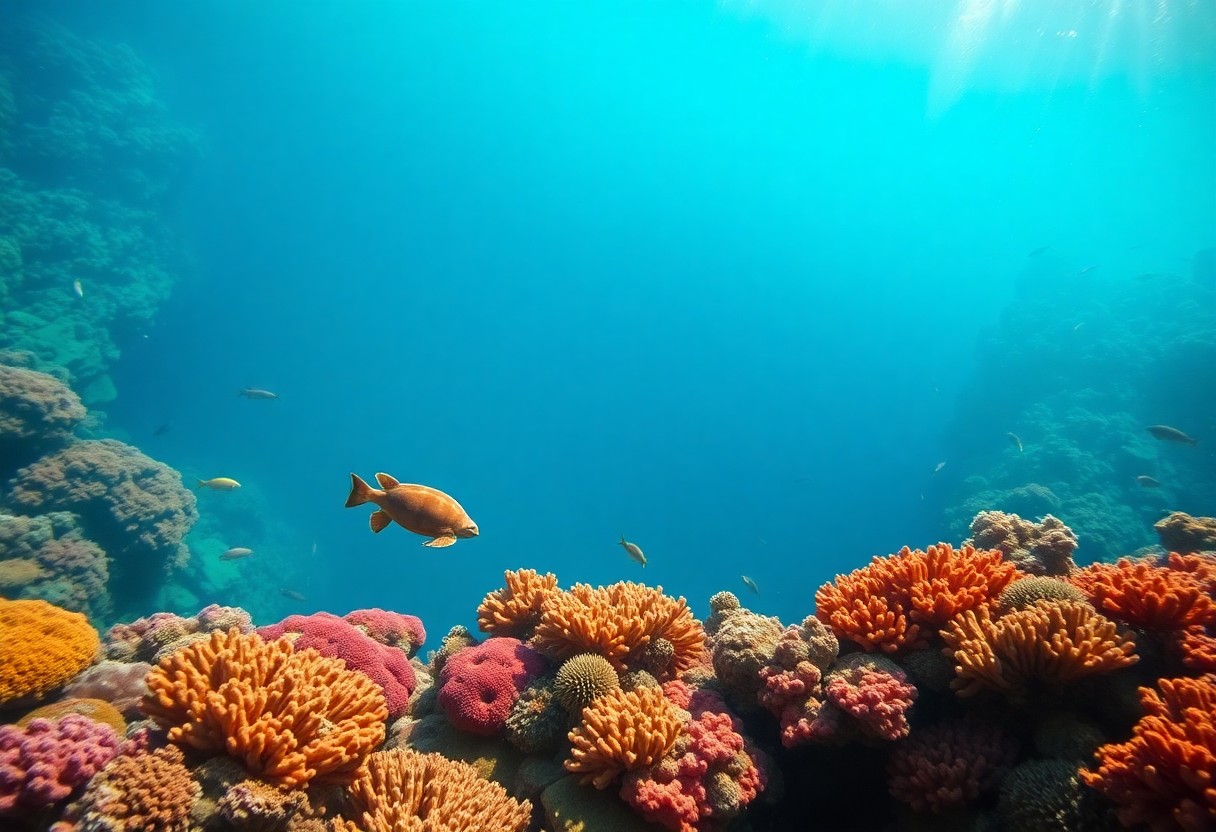
Exploring the Great Blue Hole: A Natural Wonder
The Great Blue Hole stands as one of the most captivating natural wonders on Earth. Formed thousands of years ago during the last Ice Age, this massive marine sinkhole features a staggering depth of over 400 feet and spans approximately 1,000 feet in diameter. Its vibrant azure waters and unique geological features make it a must-visit destination for any adventure seeker exploring Belize. As you peer into its depths, you’re immersed in the allure of a treasure trove of maritime life and stunning underwater landscapes.
Geological Formation and Unique Ecosystem
The Great Blue Hole is an impressive geological marvel resulting from a series of complex natural processes. As sea levels rose and fell, it transitioned from being a limestone cave system to the massive underwater sinkhole you see today. Its unique ecosystem supports a variety of marine life, including vibrant corals, impressive reef sharks, and diverse species of fish, showcasing the delicate balance of life within this massive underwater cavern.
The Appeal of the Great Blue Hole for Divers and Snorkelers
Your dive or snorkeling experience in the Great Blue Hole promises unparalleled adventure and breathtaking sights. With incredible visibility often reaching up to 150 feet, you’ll have the chance to encounter an array of marine species in their natural habitat. The allure lies not just in the unique geological structure but also in the biodiversity that surrounds you, along with the chance to explore impressive stalactites and stalagmites formed in the cave’s depths.
Part of what makes diving and snorkeling at the Great Blue Hole so irresistible is the unique combination of stunning visuals and thrilling experiences. Divers can explore caves and caverns where massive stalactites dangle, while snorkelers can float above the vibrant coral formations teeming with marine life. Additionally, diving at the Great Blue Hole gives you the chance to spot curious sharks and other dynamic sea creatures in this unique ecosystem. Few dive sites in the world can provide such a fascinating juxtaposition of geological wonder and ecological bounty, making it an unforgettable experience for all adventurers.
Diving into Adventure: Essential Skills and Preparation
Preparation is key before initiateing on your diving adventure in the Great Blue Hole. Start by familiarizing yourself with the marine environment and potential underwater conditions you might encounter, including currents and visibility. Practicing your buoyancy control and equalization techniques can greatly enhance your experience, allowing you to explore the depths with confidence. Additionally, a good understanding of dive planning, safety protocols, and communication signals help ensure a smooth and enjoyable adventure as you marvel at the stunning underwater beauty.
Gear Up: Must-Have Equipment for Diving and Snorkeling
Your diving experience at the Great Blue Hole will depend significantly on your equipment. Essential gear includes a wetsuit to keep you warm, a BCD (buoyancy control device) for stability, a regulator for breathing, and a mask and snorkel for surface exploration. Don’t forget to pack fins for easy movement through the water and weights to help you descend. High-quality underwater cameras can also allow you to capture the breathtaking marine life, so make sure you have the right gear to enhance your adventure.
Certification and Experience Levels Needed
To enjoy the diving opportunities at the Great Blue Hole, you typically need a minimum of Open Water Diver certification, which ensures you have the foundational skills necessary for safe diving. Many dive shops in Belize also offer guided tours for inexperienced divers, allowing you to explore alongside a certified instructor. Keep in mind that advanced dives may require higher certification levels, such as Advanced Open Water or Deep Diver certifications, which prepare you for more challenging environments and deeper dives.
Open Water Diver certification is often sufficient for the shallower sections of the Blue Hole, but venturing into deeper areas requires more experience. Advanced level divers are advised to have logged at least 24 dives before attempting the Great Blue Hole’s depths. This ensures you have the necessary skills to manage potential challenges, such as depth perception and dive planning. If you’re looking to elevate your experience, consider pursuing specialty certifications focused on deep diving or wreck diving, which can further enhance your skills and confidence underwater.
Unforgettable Dive Spots: What to Expect
Every probe the Great Blue Hole unveils a world of wonder just beneath the surface, with depths reaching 407 feet. As you descend, you’ll be greeted by stunning stalactites and unique underwater formations that tell the story of the region’s geological past. Visibility can be remarkable, often exceeding 100 feet, allowing you to fully appreciate the vibrant colors and remarkable landscapes. Although the experience is breathtaking, diving here requires skill and preparation, as conditions can be variable, so advanced certification is recommended to fully enjoy this magnificent underwater sanctuary.
Marine Life: Encounters with Sharks, Turtles, and More
Diving in the Great Blue Hole offers exhilarating encounters with some of the ocean’s most fascinating creatures. You can expect to spot bull sharks lurking in the depths, along with majestic loggerhead turtles gliding through the water. Schools of vibrant tropical fish provide an explosion of color, while occasional sightings of rays and nurse sharks enhance the thrill of your underwater adventure. The diverse marine ecosystem here guarantees that each dive will present you with new and unforgettable wildlife encounters.
Top Dive Sites Beyond the Blue Hole
While the Great Blue Hole is a showstopper, Belize boasts numerous top dive sites that shouldn’t be missed. Sites like the Shark Ray Alley offer thrilling snorkeling experiences alongside nurse sharks and stingrays, while the Hol Chan Marine Reserve fascinates with its rich biodiversity, showcasing everything from vibrant coral gardens to large pelagic fish. For a unique dive, head to Turneffe Atoll, where you can explore stunning wall dives and encounter exotic species in their lush habitats. Each location provides a different perspective of the underwater world, making Belize a diver’s paradise. Additionally, visiting sites like Glover’s Reef allows you to explore patch reefs brimming with marine life, ensuring your time underwater is filled with awe and amazement.
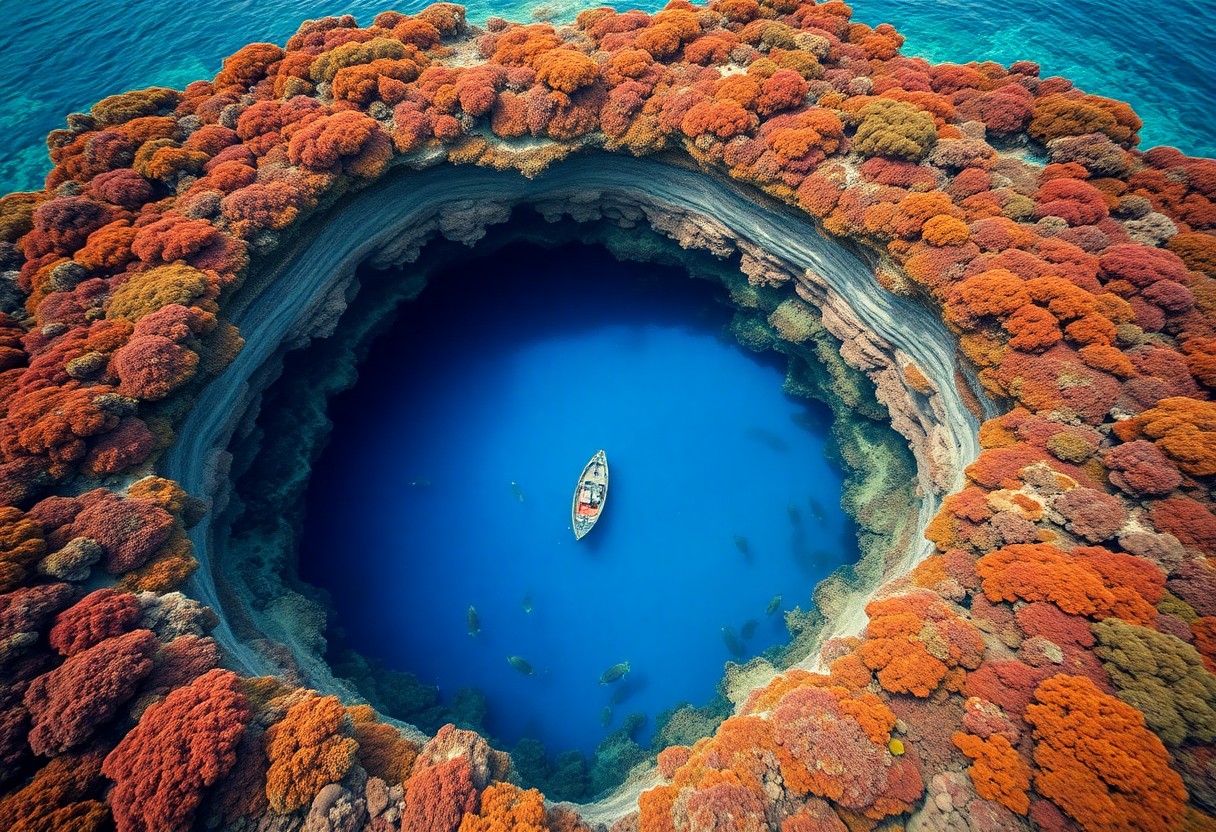
Planning Your Trip: Logistics and Best Practices
Planning your adventure to the Great Blue Hole involves careful consideration of logistics and best practices to ensure a seamless experience. Start by determining the length of your stay, as diving or snorkeling around the Blue Hole may require at least a couple of days. Book accommodations conveniently located in Belize City or San Pedro. Consider the travel time to the hole, which typically involves a boat trip of up to two hours. Lastly, pack appropriately for both diving and snorkeling adventures, including your own gear if you prefer, and ensure that you have travel insurance that covers diving activities.
When to Go: Seasonal Considerations for Optimal Conditions
The best time to visit the Great Blue Hole is from April to June and September to November, when weather conditions tend to be stable, water temperatures are warm, and visibility is at its peak. During these months, you’re likely to encounter vibrant marine life and clearer waters, creating an ideal setting for diving and snorkeling. Avoid peak hurricane season, which runs from June to November, as weather disturbances may impact your plans and diving conditions.
Choosing the Right Tour Operator: What to Look For
Selecting the right tour operator is vital for your Blue Hole experience. Ensure they have proper credentials, like certification from the Belize Tourism Board and experience in leading trips to the Great Blue Hole. Look for operators that prioritize safety by providing high-quality gear and experienced guides who can share insights about the area. Reading reviews from previous customers on platforms like TripAdvisor can help gauge the reputation and reliability of potential operators.
Digging deeper into selected tour operators provides valuable insights into their services. Opt for those that have a solid reputation for safety and environmental stewardship, especially since the Blue Hole is a delicate ecosystem. Some operators offer small group sizes, which enhance your diving experience by providing personalized attention and ample space underwater. Check for additional services like buffet lunches, refreshments, or additional activities such as exploring nearby attractions to enrich your trip to the Blue Hole. The right operator will not only offer a safe dive but also a memorable adventure filled with stunning underwater scenery and vibrant marine life.
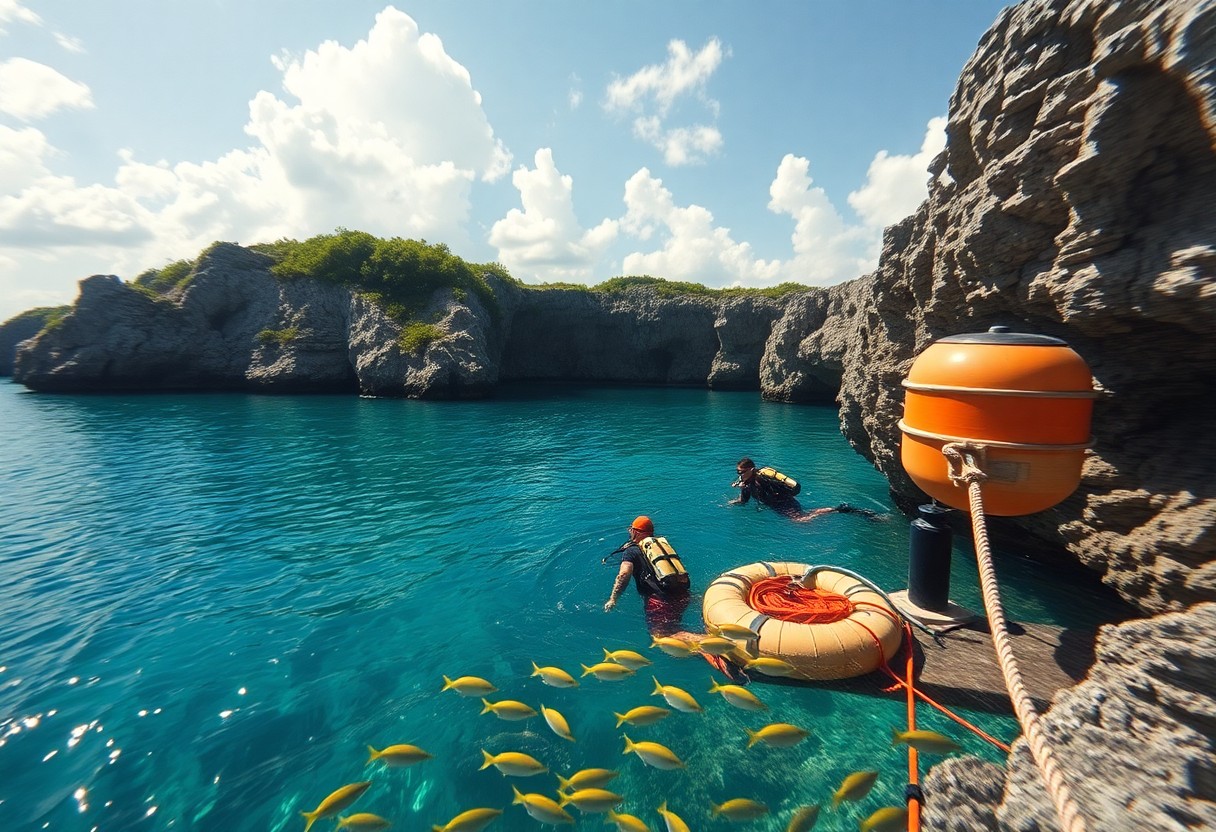
Safety First: Ensuring a Secure Experience
Safety should always take precedence while exploring the Great Blue Hole in Belize. Investing time into understanding local protocols and being prepared for any situation can enhance your adventure, allowing you to focus on the breathtaking underwater vistas. Equip yourself with knowledge about your dive operator’s safety measures, ensure your equipment is in top condition, and stay aware of your surroundings. By prioritizing safety, you can enjoy a thrilling yet secure diving or snorkeling experience in this natural wonder.
Dive Safety Protocols and Emergency Procedures
Before you launch on your Belize diving experience, familiarize yourself with standard diving safety protocols and emergency procedures. Dive masters typically conduct briefings on the rules of engagement, ensuring you understand the importance of buddy systems, maintaining buoyancy, and monitoring air supply. Awareness of emergency procedures, such as decompression stops and recognizing symptoms of decompression sickness, enhances your safety. Choosing a reputable dive operator that prioritizes safety can significantly contribute to a secure underwater journey.
Understanding Weather Patterns and Their Impact
Weather patterns can significantly influence your diving experience in the Great Blue Hole. Favorable conditions include calm seas, clear skies, and good visibility. Storms, wind, and rain can reduce visibility and create strong currents, making diving hazardous. Typically, the dry season from December to April offers stable weather, whereas the rainy season (June to November) presents potential risks with tropical storms. Monitoring weather forecasts closely ensures you choose the right time for your adventure, promoting both safety and enjoyment.
Typically, the best windows for diving in the Great Blue Hole occur during the dry season when weather conditions are most reliable. This period not only offers calmer waters but also enhances visibility, allowing you to fully appreciate the stunning marine life and geological formations below. Frequenting local dive shops and staying updated with meteorological centers can help you stay informed about any shifts in weather patterns, ensuring your plans align with optimal diving conditions for a safer and more memorable experience.
Final Thoughts
Exploring the Great Blue Hole Belize is a once-in-a-lifetime experience that promises unforgettable memories both above and below the water’s surface. With its diverse marine life, stunning underwater caverns, and the thrill of Belize diving, this iconic location should be on every diver’s bucket list. As you prepare for your journey, keep in mind the importance of safety and planning to ensure you make the most of your adventure. From utilizing local guides to choosing the right time for your visit, every detail contributes to an extraordinary dive or snorkeling experience. Embrace the allure of the Blue Hole and examine a world of breathtaking beauty.
FAQ
Q: What is the Great Blue Hole in Belize and why is it famous?
A: The Great Blue Hole is a massive underwater sinkhole located off the coast of Belize, part of the Belize Barrier Reef Reserve System, a UNESCO World Heritage site. It is famous for its stunning deep blue color, its unique geological formations, and its rich marine biodiversity, which attracts divers and snorkelers from around the world. The Blue Hole is renowned for its remarkable visibility and deep waters, offering divers the opportunity to see various marine life, including sharks, rays, and colorful coral formations.
Q: What are the best times to visit the Great Blue Hole for diving?
A: The optimal times for diving the Great Blue Hole are during the dry season, which runs from late November to mid-April. During this period, the weather conditions are generally calm, and visibility underwater is at its best, often exceeding 60+ feet. It is advisable to plan your diving excursions in advance, particularly during peak tourist months like December and March, to secure a spot on popular dive boats.
Q: Is the Great Blue Hole suitable for beginner divers, and what certification is required?
A: While the Great Blue Hole is an iconic dive site, it is recommended for certified divers with at least an Advanced Open Water certification or equivalent due to its unique conditions and depths reaching over 400 feet. Beginner divers can enjoy snorkeling opportunities around the Blue Hole and nearby dive sites, where they can still experience the vibrant marine life without the need for extensive diving training or experience.
Q: What should I bring when I go diving or snorkeling at the Great Blue Hole?
A: When preparing for a diving or snorkeling trip to the Great Blue Hole, it’s imperative to bring a few key items. Make sure to pack your diving gear, including a wetsuit (consider a 3mm suit for warmth), mask, snorkel, and fins. Don’t forget to bring sunscreen, a hat, sunglasses, and a refillable water bottle to stay hydrated. A camera or underwater housing is also a great addition to capture the stunning marine life and coral formations you’ll encounter during your adventure.
Q: Are there any guided tours available for diving and snorkeling at the Great Blue Hole?
A: Yes, there are numerous guided tours available for those looking to dive or snorkel at the Great Blue Hole. Many dive shops and tour operators in Belize offer day trips that include diving, snorkeling, and exploring nearby attractions, such as Half Moon Caye and Lighthouse Reef. These tours usually provide all necessary equipment, experienced dive instructors or guides, and all safety measures for a fulfilling experience in the beautiful waters of Belize.
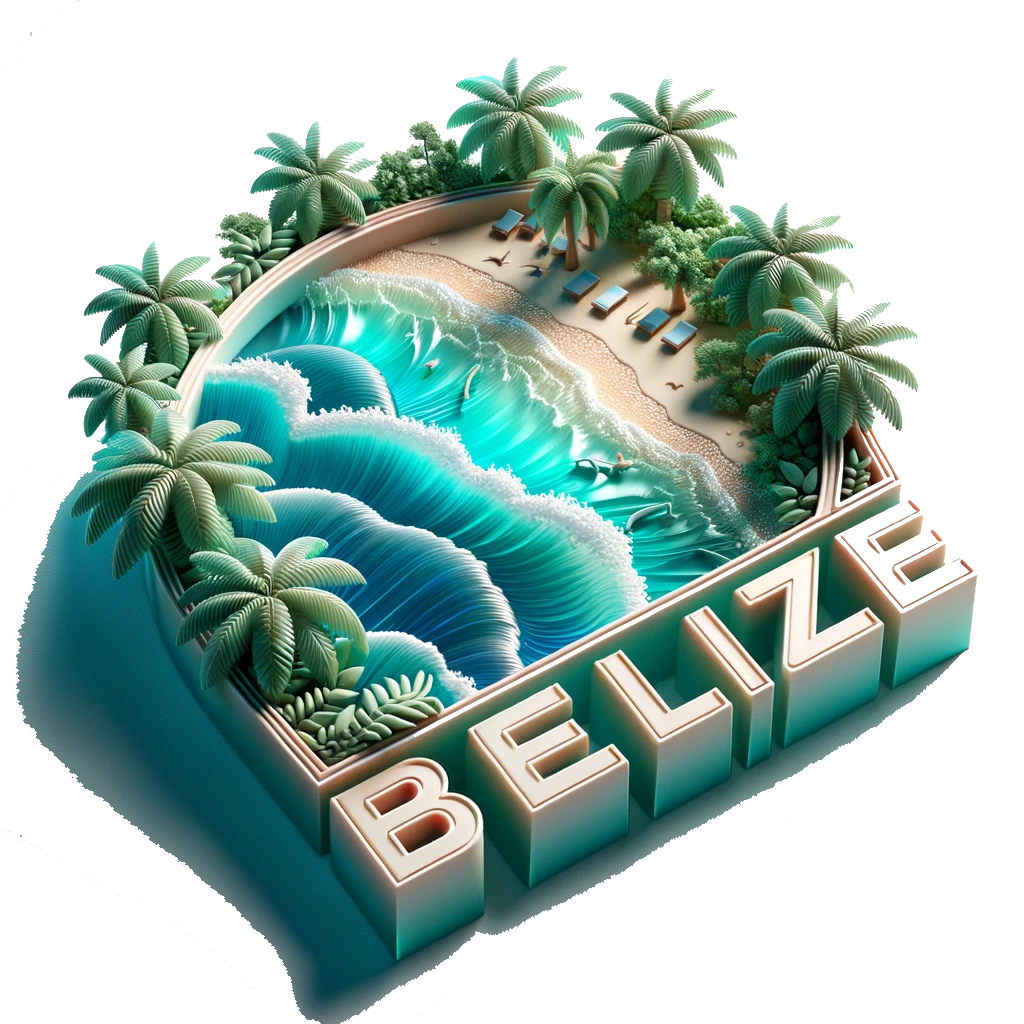
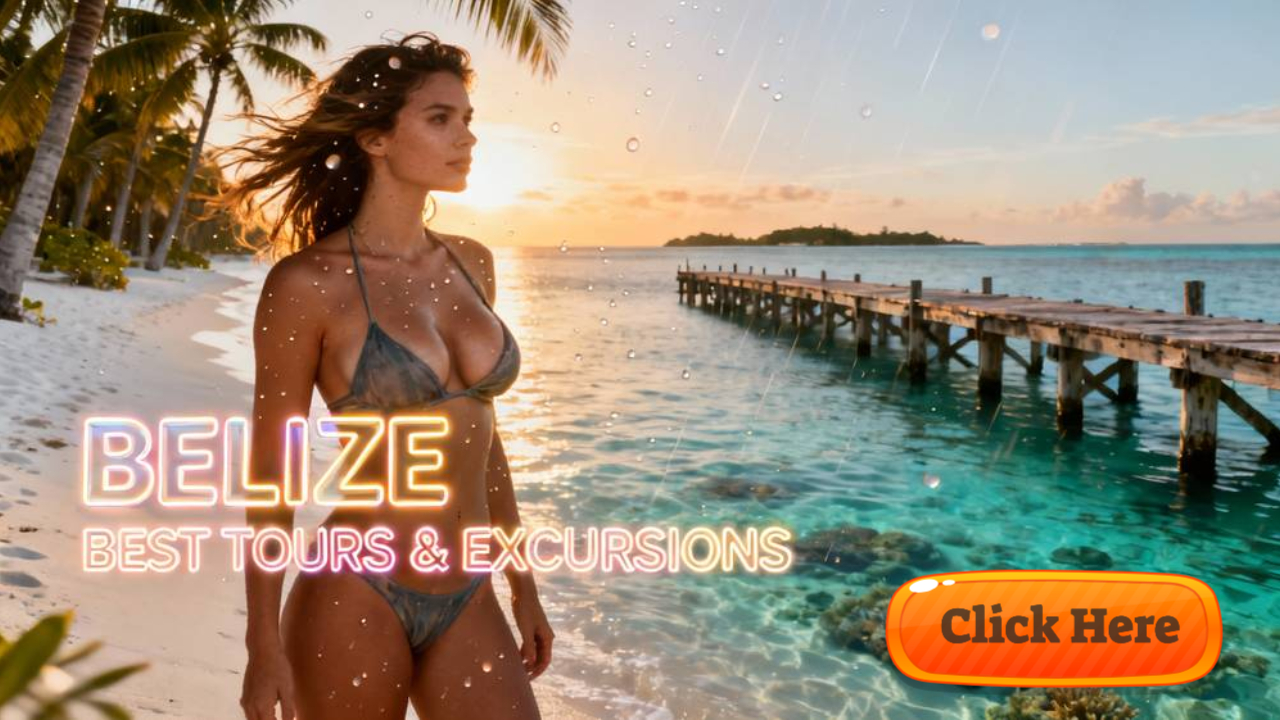
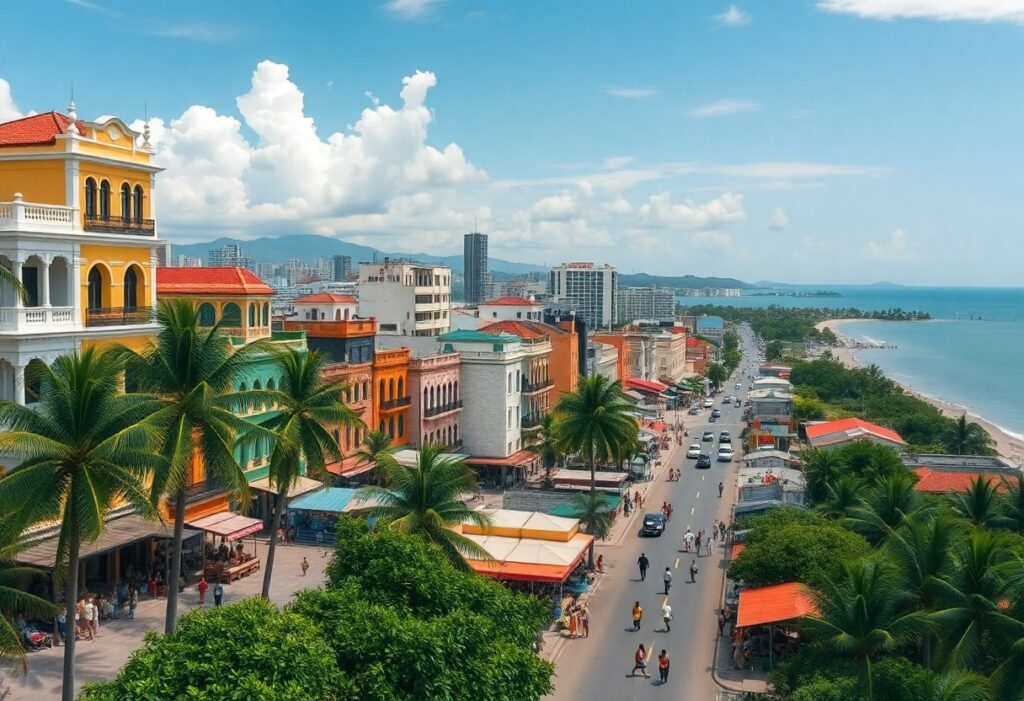
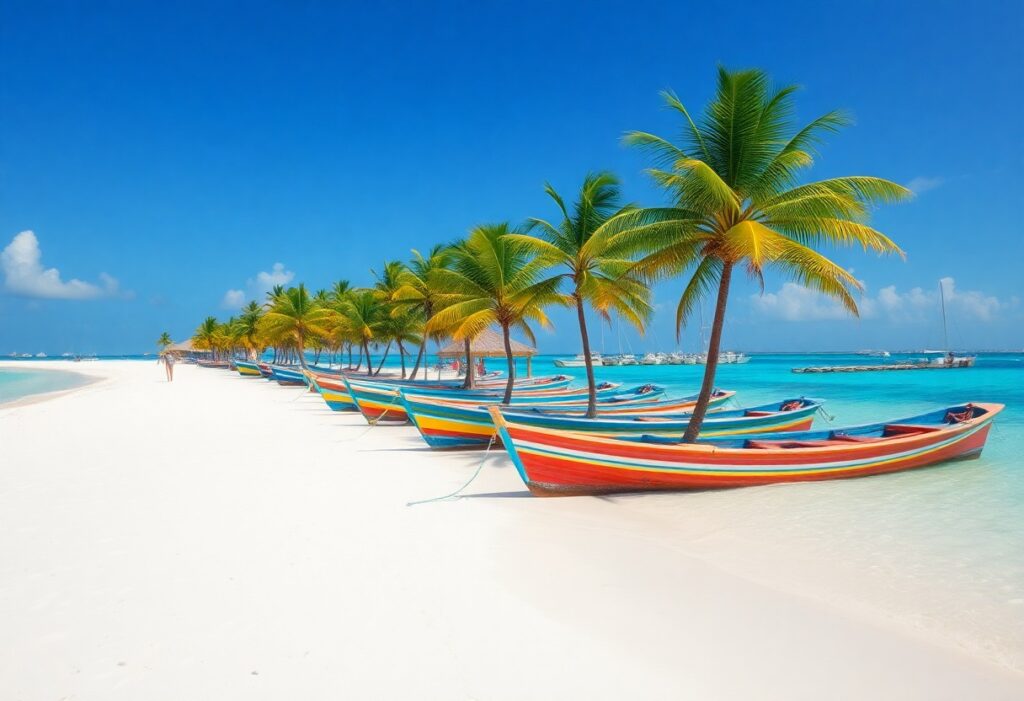
I’ve always found the Great Blue Hole fascinating, not just because of its stunning appearance but also due to its geological significance. The fact that it originated during the last Ice Age provides such a rich context for understanding our planet’s history. It’s incredible to think about how the natural formations we see today were shaped by forces over thousands of years!
It’s always refreshing to find someone who appreciates the Great Blue Hole in such depth. Its visual impact is certainly striking, but as you mentioned, that geological story really adds another layer of appreciation.
The allure of the Great Blue Hole is undeniable, and your description beautifully captures its majesty and mystery. It’s fascinating to think about how this natural wonder has captivated the hearts and minds of divers for generations, becoming a symbol of adventure and the quest for exploration. Diving into such a site feels akin to stepping into a living museum—it’s a chance to witness firsthand the beauty and fragility of our planet’s ecosystems.
Your exploration of the Great Blue Hole truly ignites the wanderlust in me! I can still remember the first time I heard about it; the images of those stunning, cerulean depths were simply mesmerizing. It’s fascinating how this natural wonder not only serves as a playground for divers and snorkelers but also as a crucial part of marine research and conservation.
The Great Blue Hole truly captures the imagination, doesn’t it? I’ve always been fascinated by how natural phenomena like this can tell us so much about Earth’s geological history and the delicate ecosystems that thrive in these unique environments. The combination of rich biodiversity and striking visuals is alluring for both seasoned divers and those of us who enjoy snorkeling.
I really appreciate your exploration of the Great Blue Hole! It’s such a fascinating destination, combining natural beauty with a sense of adventure that divers crave. I remember reading about Jacques Cousteau’s findings back in the 1970s, which really put the Blue Hole on the diving map. The way he described the underwater caves and unique marine life still resonates today.
You hit the nail on the head—there’s something magical about the Great Blue Hole that draws people in! Jacques Cousteau really put it on the diving map, didn’t he? I can only imagine the excitement back then, like discovering an underwater treasure chest. Those underwater caves are like nature’s own version of an escape room but with way more fish and a lot less timer.
Reading about the Great Blue Hole really brings back memories of my own diving adventures. I think what makes this spot so special isn’t just the beauty and the thrill of those deep blue waters—it’s the whole experience surrounding it. Every dive demands respect for the ocean and awareness of what lies beneath. I remember my first time diving at a similar site; the anticipation before descending was palpable, and as soon as I hit the water, it was like entering another world.
Reading about the Great Blue Hole really takes me back to my own diving experiences, and I couldn’t agree more about its unrivaled beauty. I had the chance to dive in Belize a couple of years ago, and exploring that massive sinkhole was like entering an entirely different world. There’s something utterly humbling about floating over such a deep blue abyss, surrounded by the paradox of vibrant life teeming in the water above.
The Great Blue Hole really does sound like a diver’s dream come true! Every time I think about it, I can’t help but feel a mix of excitement and a touch of apprehension given the mention of those dangerous sharks. But isn’t that part of the thrill? It’s fascinating how such a geological formation has become a haven not only for divers but also for researchers eager to study marine ecosystems.
Your exploration of the Great Blue Hole as a diving destination is compelling, and it raises a number of interesting points regarding the intersection of natural beauty, adventure tourism, and environmental conservation. As divers and snorkelers flock to such marine wonders, it becomes crucial to consider not only the allure of these experiences but also the potential impact on the ecosystems we so eagerly wish to explore.
While the Great Blue Hole undoubtedly serves as a breathtaking natural phenomenon, I find myself pondering its global significance beyond the diving experience. As divers flock to its depths, it’s essential to consider the environmental impact of increased tourism on such a delicate ecosystem. The vibrant coral reefs and diverse marine life are more than just appealing visuals; they are intricate parts of our planet’s health.
What an incredible overview of the Great Blue Hole! I vividly remember my first dive there a couple of years ago—there’s truly nothing like being submerged in those stunning blue waters. The way the light filters down through the water gives everything an ethereal quality, and coming face to face with a nurse shark felt both exhilarating and a bit daunting.
The Great Blue Hole really is an incredible place! I had the chance to dive there last year, and it was a surreal experience to witness the depths and the marine life up close. Encountering the nurse sharks was thrilling, but I’ve also heard so much about the fascinating ecosystems surrounding Belize.
Exploring the Great Blue Hole is truly a remarkable experience that can deepen our appreciation for marine ecosystems. Having dived in similar underwater wonders, I found that understanding the geological history, like the formation during the last Ice Age you mentioned, enriches the dive itself. The diverse marine life, including the shark encounters, highlight both the beauty and fragility of these ecosystems. It might be interesting to consider how conservation efforts are impacting tourism in Belize. As more divers flock to these sites, there’s a growing need for sustainable practices to preserve the unique environments we seek to explore. Have you come across any initiatives aiming to protect such delicate areas while still allowing for adventure?
The Great Blue Hole truly is a remarkable destination that encapsulates both the beauty and fragility of our oceans. Having visited Belize recently, I found the contrast between the deep blue water and the surrounding coral formations to be nothing short of mesmerizing. However, it also made me reflect on the environmental challenges these natural wonders face.
Exploring the Great Blue Hole certainly sounds like a dream adventure for any diving enthusiast! The idea of encountering both the beauty and the danger of its diverse marine life adds a thrilling element to the experience. I remember reading about how the Hole serves as a sanctuary for numerous species, including those intimidating sharks. It’s fascinating how these environments maintain their intricate balance of life.
The Great Blue Hole truly is a fascinating marvel! I remember reading about the diverse ecosystems that thrive in such unique underwater environments. It’s intriguing how places like this can shape local culture and even boost tourism in Belize. I’ve always been fascinated by how geological formations like the Blue Hole can provide habitats for species that might otherwise be threatened.
Ah, the Great Blue Hole! A natural wonder that many of us dream about while lounging in our living rooms, wrapped in layers of blankets and armed with potato chips, under the guise of “research.” It seems that every ocean-loving adventurer has a “bucket list,” and for those of us who have developed a slight aversion to cold water and require an annual supply of Vitamin D, the Great Blue Hole is often the star of the show.
The Great Blue Hole truly represents an extraordinary intersection of geology and marine biodiversity, making it a prime subject for exploration in both recreational diving and scientific study. It’s fascinating to consider how this natural wonder has garnered attention not just as a diving destination, but also as a valuable site for research on coral reef ecosystems and climate change impacts.
Your exploration of the Great Blue Hole is a reminder of how our planet still holds vast and breathtaking wonders that beckon adventurers and nature enthusiasts alike. The fact that this marine sinkhole has become a symbol of both natural beauty and ecological importance really underscores the delicate balance between tourism and environmental conservation.
Exploring the Great Blue Hole sounds like such an exhilarating experience! I’ve always been fascinated by how natural wonders like this not only showcase the beauty of our planet but also serve as reminders of its incredible geological history. The formation of the Blue Hole during the Ice Age really makes you think about the Earth’s climate changes over millennia.
It’s fascinating to think about how the Great Blue Hole has been shaped over thousands of years, transforming from a limestone cave during the last Ice Age to the stunning blue sinkhole we see today. This natural wonder not only attracts divers and snorkelers but also captivates those of us who appreciate geological history and marine biodiversity. I remember the first time I learned about the Great Blue Hole in a documentary; I was immediately struck by its stark beauty and the mysteries that lie beneath the surface.
The Great Blue Hole is indeed a fascinating subject, and your post beautifully encapsulates its allure and significance. Having had the opportunity to dive in Belize myself, I was struck not only by the incredible visibility but also by the stark contrast of life between the open ocean and the sinkhole’s depths. The vibrant marine ecosystems surrounding the structure are a testament to the importance of coral reefs and marine conservation efforts in the region.
The Great Blue Hole truly encapsulates the delicate balance between natural beauty and marine conservation. Having visited Belize last year, I was both mesmerized and concerned about the environmental implications of such a popular diving destination. The diverse marine life you mentioned, including the sharks and vibrant coral reefs, plays a crucial role in the health of the whole ecosystem. It’s fascinating to think about how tourism can impact these natural wonders—not just from an environmental standpoint, but also culturally.
Your exploration of the Great Blue Hole truly captures the allure of this extraordinary destination! I’ve dreamed of diving there for years, and reading about its geological formations and the wealth of marine life only fuels that excitement. The sheer scale of the Blue Hole is mind-boggling, and I often find myself captivated by images of its deep blue depths—a contrast to the vibrant corals that surround it.
Your description of the Great Blue Hole paints such a vivid picture of both its beauty and the thrill of diving there. Having had the chance to visit Belize a few years back, I can completely relate to the magic that surrounds this UNESCO World Heritage site. The sheer size of the Blue Hole is staggering, and standing on the deck of a boat above it, gazing down into those deep azure waters, feels almost surreal.